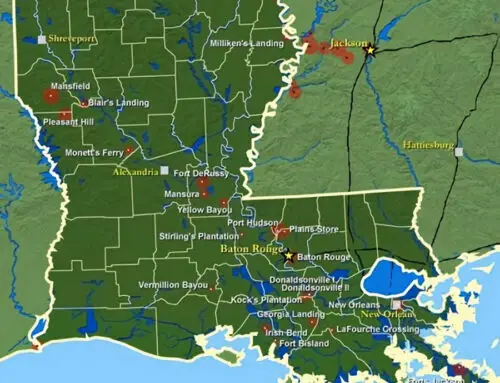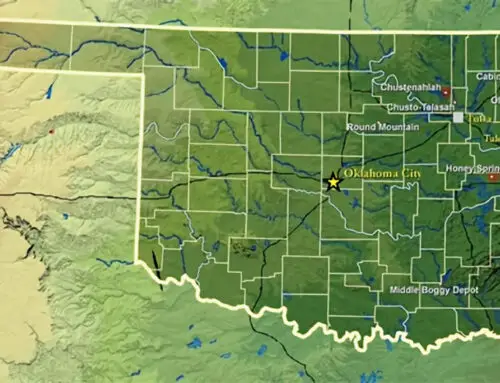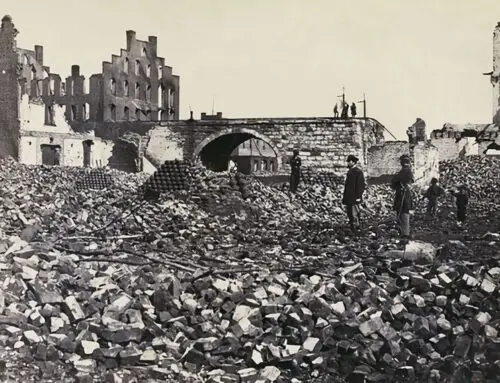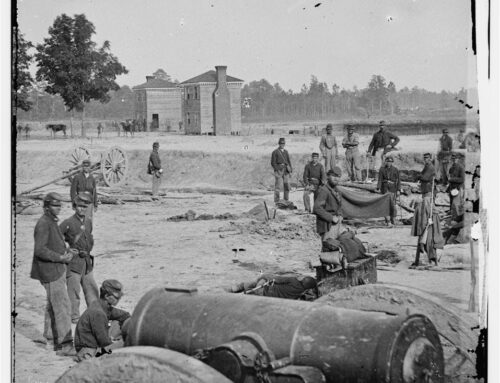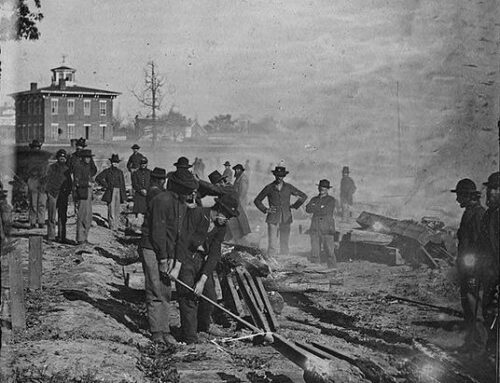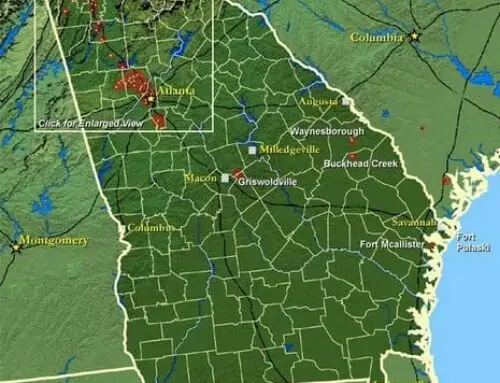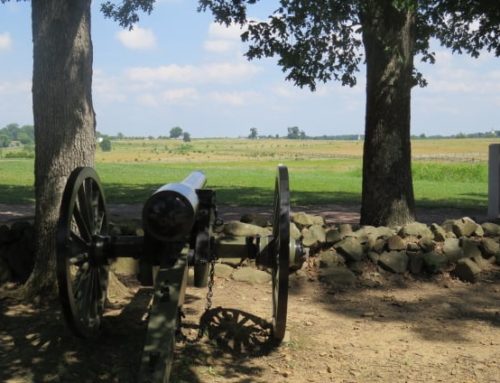August 28th – August 30th 1862
The battle of Second Bull Run was a result of the Union army suffering a devastating loss at The Battle of the Shenandoah; Union General John Pope assumed command of a combination of three armies. The armies were gathered together and the plan of attack was to engage Richmond from the north. Before Pope could attack he needed to be patient and wait on the arrival of reinforcements from the Army of the Potomac.
The Union reinforcements were located on the Virginia Peninsula regrouping after taking heavy losses at the hands of the Confederates. In a speech made before the battle, General pope showed his confidence that his offensive would be an easy task by stating to his troops that they need not concern themselves with a retreat plan.
The plan for Second Bull Run weighed uneasy on the Confederates leader, General Robert E. Lee. Lee understood the dynamics of battle and easily figured out that he would be outnumbered at least two to one if the Union armies were to unite. Confident and assured, Lee was still a man of extreme reason and did not wish to see his troops needlessly lost.
Lee needed a plan and soon he had just the idea that would hopefully salvage what was rapidly becoming a bad situation.
Many Civil War historians deemed what Lee did as a great military tactical maneuver. General Lee decided that it would to his advantage if he left a small but battle hardened force to defend Richmond. Lee then would move the remainder of his army to join General Stonewall Jackson at Cedar Mountain.
Lee’s plan was to destroy Pope’s army before he had time to receive the reinforcements. The plan was set in motion and Lee hoped that he would get there fast enough to cut off the Union supplies and the reinforcements. He knew that time was of the essence and made great haste.
Lee divided his army into two groups and faced Pope directly at Bull Run. Meanwhile, General Longstreet faced General Pope from across the Rappahannock River. A force of 25,000 men marched around the right flank of the Union army and effectively cut off the supply chain from the Orange Railroad. After Jackson accomplished his attack, Longstreet marched 50 miles in under two days and joined him.
Not only did General Longstreet make it in time but along the way he found the time to capture several hundred Federal troops and a massive amount of supplies from the Manassas Junction. A bewildered Pope marched his troops to and fro in a disorderly show of force in hopes of locating General Jackson. This was to no avail. The crafty Jackson had hid his troops in an old abandoned railroad cut to the north.
The Confederate plan was working and Lee was moving his two armies into position. Jackson then was ordered to reveal his position and attacked a Federal division to a draw at Groveton. As the Federals tried to break through Jackson’s staunch defensive line, they failed and the beginning of the end for the Union forces at Bull Run was at hand. Longstreet then began his strong direct attack on the lightly defended Union left flank.
The assault lasted only a few hours but Longstreet had destroyed the Union forces and had sealed the Confederate victory for Lee.
Second Bull Run was a decisive victory for the Confederates and solidified Lee as a brilliant war commander.

